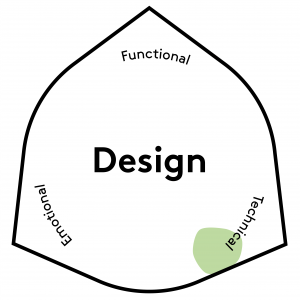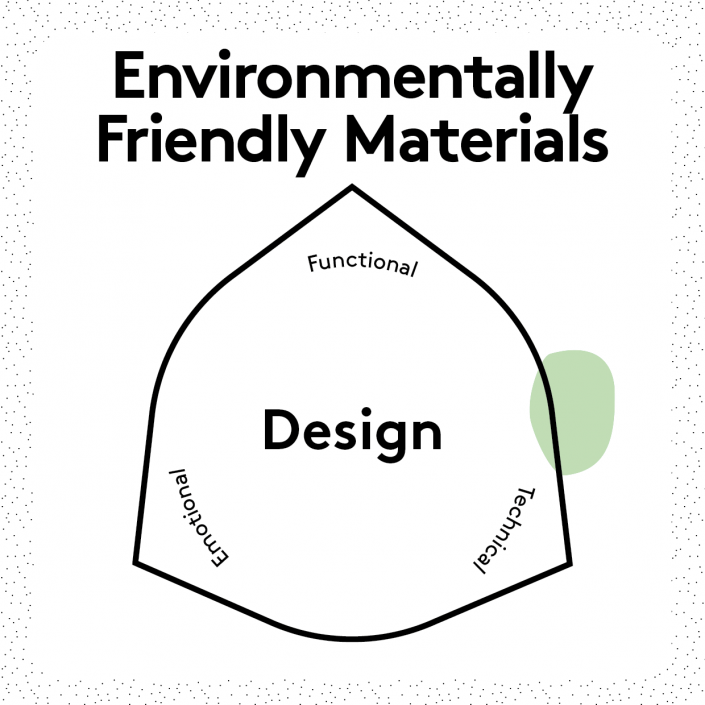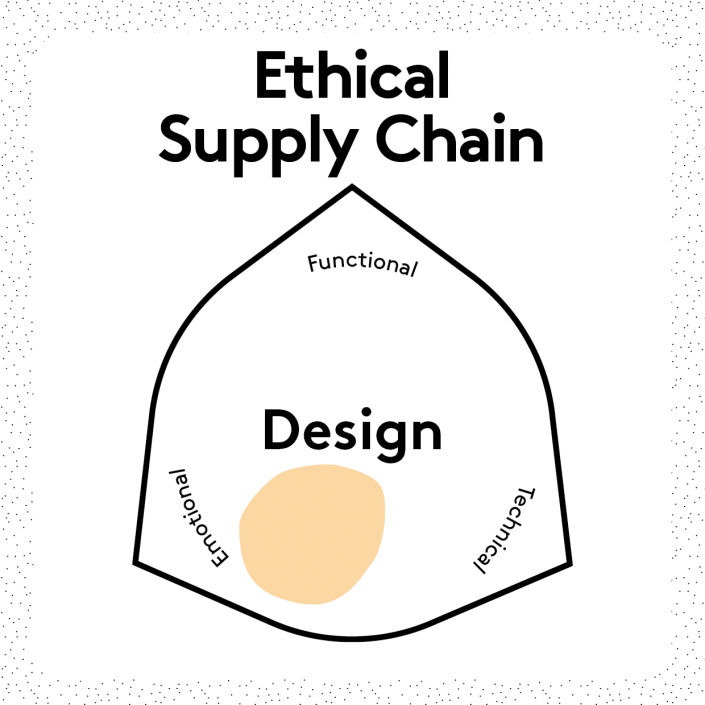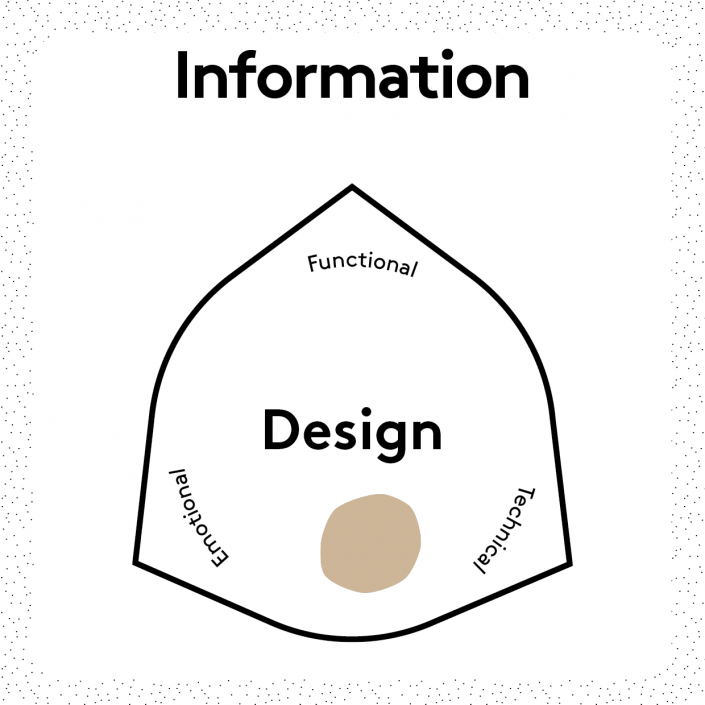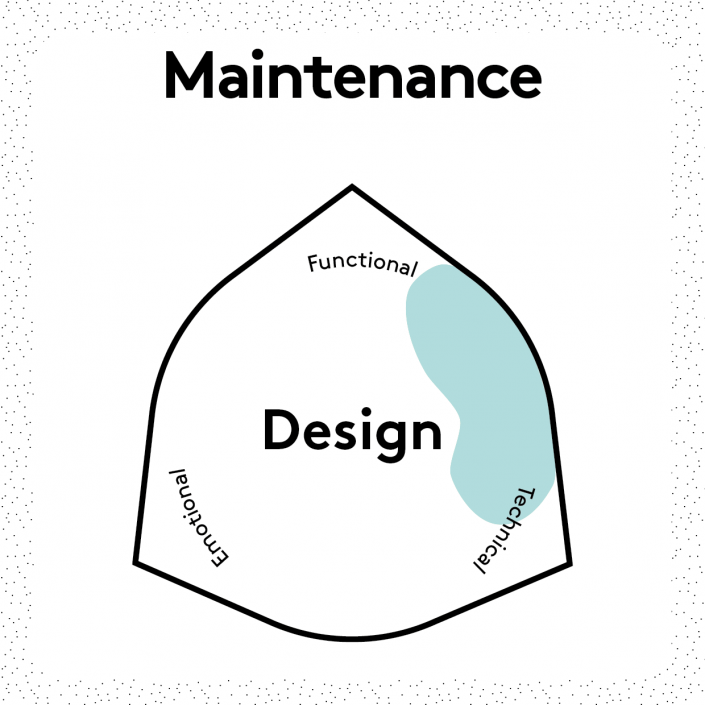What?
Formal information provided by labelling systems. Labelling can inform on aspects such as material composition, production and maintenance.
Why?
Labelling can represent a guaranty from the user perspective and provide guidelines for the users.
Challenges
- The current labelling ‘jungle’ creates information fatigue.
- Users do not always read the labels.
- Labelling can be costly – especially if the included information is standardised.
Examples
- The Genesis jeans, by Unspun, feature a QR code label providing extra information about product care, resale and recycling.
- An overview on eco labels can be found in the Eco Label Index.
- In the European Union, there is a regulation, Regulation 1007/2011,on which information that should be included on labels for textiles and clothing.
Further Reading
Bovea et al. (2018). Options for Labelling Circular Products: Icon Design and Consumer Preferences. Journal of Cleaner Consumption , 202, 1253-1263.
Bucklow et al. (2017). The Influence of Eco-Labelling on Ethical Consumption of Organic Cotton. In: Sustainability in Fashion. Palgrave Macmillan.
Schwartz et al. (2020). Encouraging Pro-Environmental Behaviour Through Green Identity Labelling. Nature Sustainability, 3, 746-752.
Williams & Hodges (2020). A Look at the Label: Exploring Consumer Perspectives on Communicating Sustainability Information. International Textile and Apparel Association Annual Conference.

